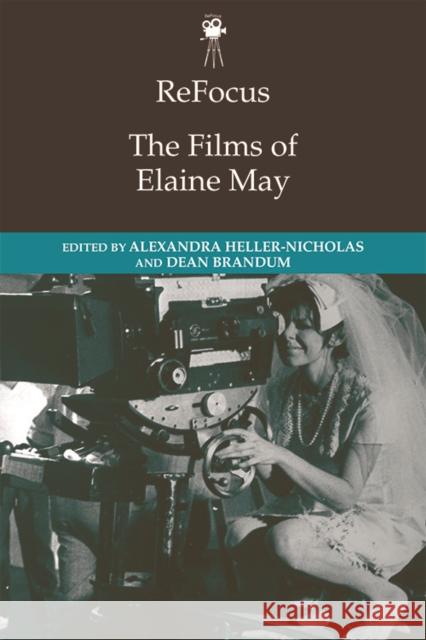Refocus: The Films of Elaine May » książka
topmenu
Refocus: The Films of Elaine May
ISBN-13: 9781474440189 / Angielski / Twarda / 2019 / 264 str.
Refocus: The Films of Elaine May
ISBN-13: 9781474440189 / Angielski / Twarda / 2019 / 264 str.
cena 514,50
(netto: 490,00 VAT: 5%)
Najniższa cena z 30 dni: 402,99
(netto: 490,00 VAT: 5%)
Najniższa cena z 30 dni: 402,99
Termin realizacji zamówienia:
ok. 30 dni roboczych.
ok. 30 dni roboczych.
Darmowa dostawa!
Kategorie:
Kategorie BISAC:
Wydawca:
Edinburgh University Press
Seria wydawnicza:
Język:
Angielski
ISBN-13:
9781474440189
Rok wydania:
2019
Dostępne języki:
Angielski
Ilość stron:
264
Waga:
0.52 kg
Wymiary:
23.423.4 x 16.323.4 x 16.3 x 2
Oprawa:
Twarda
Wolumenów:
01
Dodatkowe informacje:
Bibliografia











